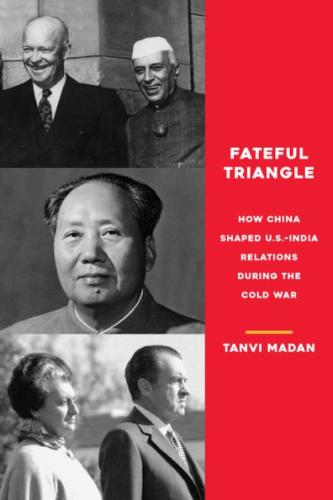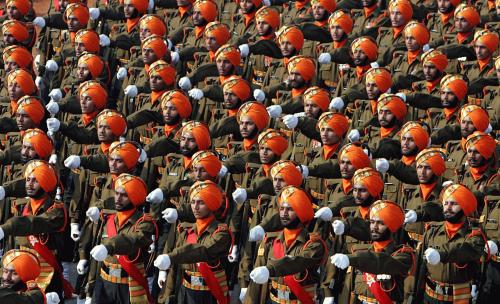This week in Tokyo, Australian Foreign Minister Marise Payne, Indian External Affairs Minister S. Jaishankar, Japanese Foreign Minister Toshimitsu Motegi, and U.S. Secretary of State Michael Pompeo will meet for the second ministerial of the “Quadrilateral,” or “the Quad.” A decade and a half ago, these four countries came together organically to deal with the fall-out of the 2004 tsunami in the Indian Ocean. There was subsequently a working-level meeting of the grouping, and a maritime exercise in 2007. However, Quad 1.0 did not take off for a number of reasons, including China’s response.

The Quad was revived in November 2017 and, since then, has met regularly at the working- and ministerial levels.

The Quad countries, each of which has laid out its vision of a free, open, and inclusive Indo-Pacific, provide separate readouts of these meetings. These statements have outlined their goals and the agenda for the grouping. While there is significant overlap, the readouts also provide insight into the differences, particularly in emphases, among the countries.
The countries do not mention China explicitly, but their words and actions indicate a coalition of the willing and capable that seeks to ensure a favorable balance of power, deter Chinese aggression and other negative behavior, and maintain a rules-based order that they see a rising China challenging through its actions.

Skeptics have criticized the lack of a joint statement and outlined other problems with the Quad. They tend to fall into two categories: those who argue that the Quad is doing too much, and those who contend that the group is not doing enough.

Despite expectations of its demise for the reasons that critics have outlined, the Quad has nonetheless continued to meet regularly, has been upgraded, and is engaging in and on different domains.

Beyond the Quad itself, the four constituents have been deepening their bilateral ties over the last few years. A look just at evolving defense ties between India, which is not formally allied to the others, and the Quad countries shows how these countries’ relations are more institutionalized today — in ways that have facilitated military interoperability and intelligence sharing, among other things.

The Quad countries also have trilaterals with each other, as well as with other like-minded countries like France, Indonesia, and South Korea.

In addition, the Quad constituents also participate — jointly or in different configurations — in other platforms with such like-minded partners across a range of issues, including tackling COVID-19 and its consequences.

The Quad countries also engage with each other and with other partners in the defense sphere. There are reports that India is shedding its reluctance to include Australia in MALABAR, the annual India-Japan-U.S. maritime exercise. This would not be unexpected, especially given Canberra and Delhi’s growing comfort level. However, even short of that, their interlocking defense agreements, dialogues, and exercises have resulted in — and facilitated — broader and deeper defense cooperation.

Improved habits of cooperation and heightened concerns, including COVID-19 and Chinese assertiveness on a number of fronts, have resulted in intensified cooperation among the Quad countries over the last few months.

It is in this context that the Quad ministers meet in Tokyo on October 6. That this meeting is taking place at all — and in person, no less — in the midst of COVID-19 and the China-India boundary crisis is significant in and of itself. For one, Delhi’s traditional instinct would have been to avoid such a high-profile meeting in the middle of an ongoing crisis lest it provoke China further; its agreement to meet is a sign of change, especially in its perception of approach toward Beijing. However, observers will also be watching the meeting closely to parse what’s said and left unsaid — and what that might indicate about the Quad, as well as the American, Australian, Indian, and Japanese approaches in the Indo-Pacific.

The Brookings Institution is committed to quality, independence, and impact.
We are supported by a diverse array of funders. In line with our values and policies, each Brookings publication represents the sole views of its author(s).








Commentary
What you need to know about the “Quad,” in charts
October 5, 2020